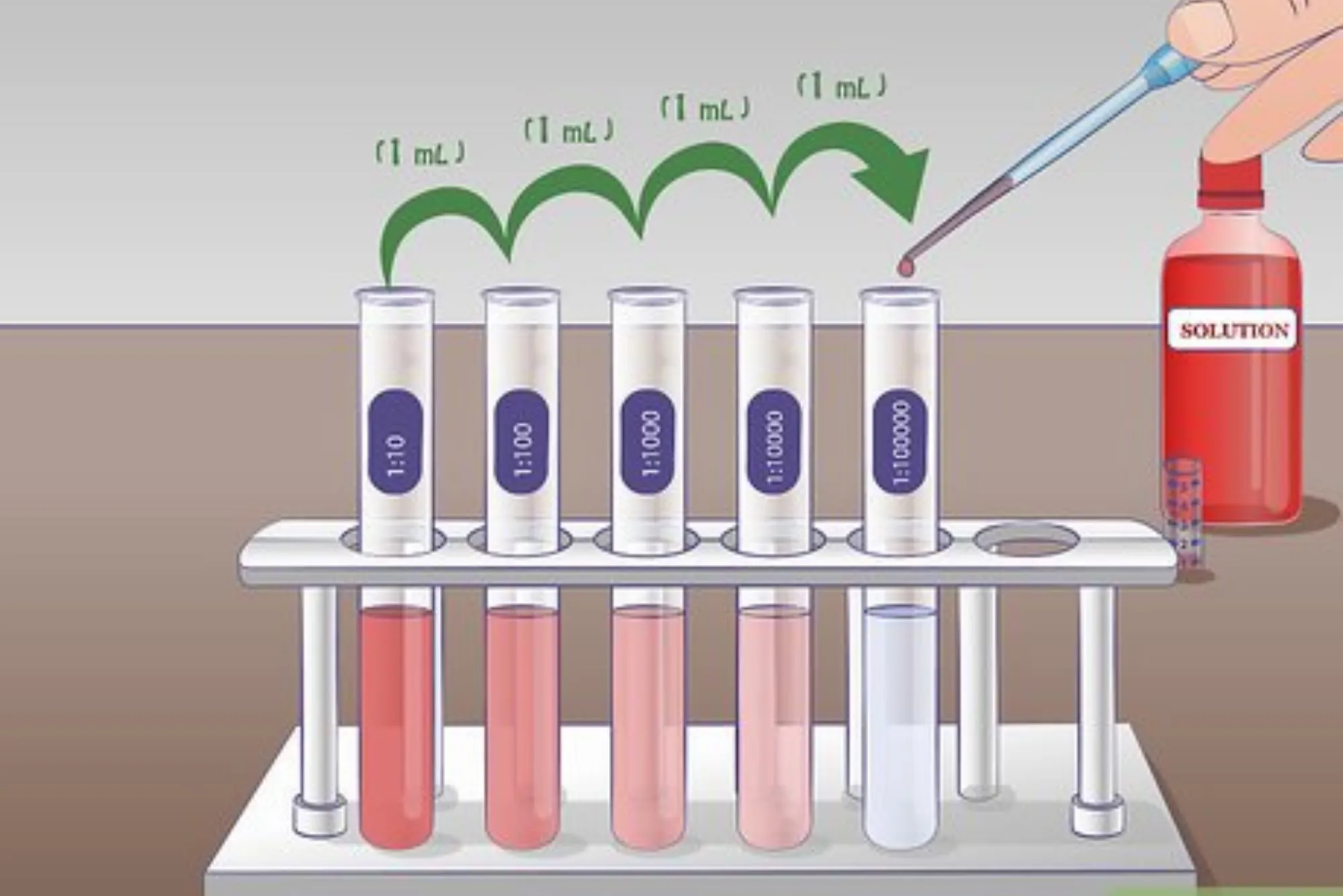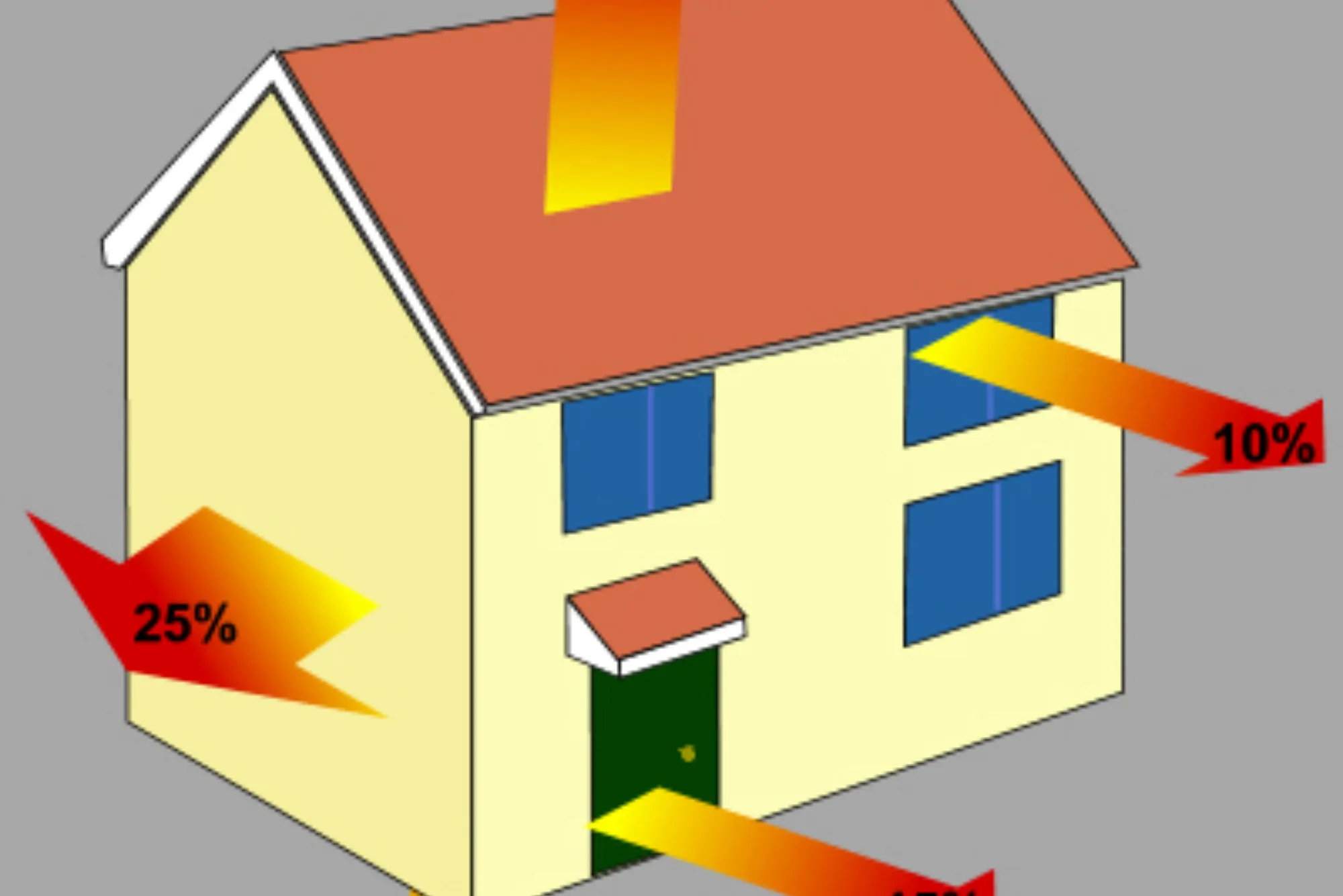The United Arab Emirates has long valued the hamour fish, not only as a culinary staple but also as a cultural and economic resource. Today, technology is transforming the way we understand and maximize Hamour Fish Benefits, making it a central focus of food sustainability, health research, and marine conservation in the region. With government-backed initiatives and private innovation, the UAE is taking bold steps to merge tradition with modern science.
The Role of Technology in Hamour Fish Research
Quick Answer: Advanced tools like AI, aquaculture systems, and genetic mapping are revolutionizing how we study hamour fish.
Technology is bridging gaps in marine biology and aquaculture. In Abu Dhabi, research centers are using AI-powered tracking systems to study hamour migration and growth. Genetic sequencing helps identify disease resistance traits, while smart aquaculture systems ensure optimized feed and water quality.
Key examples:
AI-driven sensors for water temperature and oxygen levels.
Genetic data mapping to improve breeding programs.
IoT-enabled feeding systems reducing waste by 20%.
Health and Nutritional Value of Hamour Fish
Quick Answer: Hamour is rich in protein, omega-3 fatty acids, and essential minerals that support heart, brain, and bone health.
Modern nutrition studies reveal that hamour contains high levels of selenium and vitamin D. These elements help combat cardiovascular issues and promote strong immunity. A 2024 Dubai Health Authority survey found that 62% of households consuming hamour weekly reported improved dietary satisfaction and reduced reliance on processed protein sources.
Benefits include:
Lean protein for muscle growth.
Omega-3 fatty acids for brain health.
Vitamin D for immunity and bone strength.
Sustainable Aquaculture Practices in UAE
Quick Answer: Technology-driven aquaculture ensures hamour farming is eco-friendly, efficient, and scalable.
The UAE has pioneered sustainable fish farming models under Vision 2030. Smart tanks and recirculating aquaculture systems (RAS) reduce water usage by up to 90%. Solar-powered hatcheries in Ras Al Khaimah are leading examples of green energy integration.
Government-led programs like the Sheikh Khalifa Marine Research Centre showcase how sustainability and food security are merging into one framework.
Economic Importance of Hamour in UAE
Quick Answer: Hamour fisheries and aquaculture contribute significantly to the UAE’s food security and local employment.
The UAE Ministry of Climate Change and Environment estimates that hamour fisheries contribute over AED 400 million annually to the economy. With new technology-driven hatcheries, more than 500 new jobs have been created in Sharjah and Fujairah since 2022.
Examples of impact:
Growth in local seafood exports.
Increased investment in smart aquaculture startups.
Regional job creation through technology adoption.
Breakthrough Innovations in Fish Feed
Quick Answer: Next-generation feeds enhance hamour nutrition while reducing ecological impact.
Feeding is a major cost in aquaculture. Recent research, documented by UAE Episode, highlights how sustainable alternatives like microalgae-based feeds are replacing fishmeal. These feeds lower environmental impact and improve fish health, leading to faster growth cycles.
Innovations include:
Probiotic-enriched feeds improving digestion.
Plant-based proteins reducing reliance on marine resources.
Automated feeding systems linked with AI data analytics.
Government and Youth Programs Supporting Marine Tech
Quick Answer: UAE programs empower youth to innovate in marine sustainability through education and research grants.
The Ignite National Technology Fund and the Special Technology Zones Authority (STZA) in Pakistan have inspired regional models. In Dubai, the Aquaculture Innovation Centre partners with universities to train youth in biotechnology and marine engineering.
These initiatives ensure that Emirati graduates contribute to global innovation in sustainable fisheries.
Expert Perspective on Hamour Technology
Quick Answer: Experts stress that innovation must balance growth with sustainability.
As the CEO of Ignite remarked in a recent symposium: “Technology must not only feed communities but also protect marine ecosystems for future generations.”
Marine biologists in Abu Dhabi echo this view, warning against over-reliance on artificial systems without ecological safeguards. Thus, hybrid strategies—combining tradition with modern science—are most effective.
Regional Case Study: Ras Al Khaimah Hatcheries
Quick Answer: RAK hatcheries are a model for integrating renewable energy and high-yield aquaculture.
In 2023, Ras Al Khaimah launched solar-powered hatcheries producing 2 million juvenile hamour annually. These hatcheries have become a blueprint for sustainable fish production across the Gulf.
Results include:
35% reduction in operational costs.
Export-ready production within two years.
Collaboration with regional universities for research.
Future of Hamour Research and Technology
Quick Answer: Data-driven aquaculture, AI, and biotechnology will define the future of hamour sustainability.
Future breakthroughs may include:
Blockchain for seafood supply chain transparency.
AI-driven disease detection systems.
Advanced genome editing to create resilient fish stocks.
This vision aligns with the UAE’s long-term strategy of becoming a leader in food technology and sustainability.
FAQs
Q1: Why is hamour fish so important in the UAE?
Hamour is a traditional delicacy, an economic driver, and a sustainable protein source in the UAE.
Q2: What are the top nutritional benefits of hamour fish?
It provides lean protein, omega-3s, vitamin D, and essential minerals for heart, brain, and bone health.
Q3: How is technology improving hamour aquaculture?
Through AI, IoT, genetic mapping, and sustainable feeding innovations that reduce waste and improve yield.
Q4: Are hamour fisheries sustainable in the UAE?
Yes, with government-backed initiatives and eco-friendly aquaculture systems like RAS and solar hatcheries.
Q5: What role do UAE youth play in hamour technology innovation?
Youth are being trained through government programs and research centers to lead future sustainability efforts.
Q6: How does hamour contribute to UAE’s economy?
It contributes hundreds of millions annually and generates jobs in fisheries, exports, and aquaculture startups.
Q7: What future technologies may benefit hamour research?
Blockchain, genome editing, AI disease detection, and renewable-energy-based aquaculture systems.
Final Thought
As a writer living in the Gulf region, I see the hamour fish as a bridge between tradition and technology. The UAE’s investment in sustainable aquaculture and marine innovation is not only preserving a vital food source but also creating opportunities for youth and researchers. From solar-powered hatcheries in Ras Al Khaimah to smart feeding systems in Abu Dhabi, the UAE is charting a path where heritage meets innovation. Personally, I believe this model could serve as inspiration for other Gulf nations seeking to Balance Food Security with environmental care.











